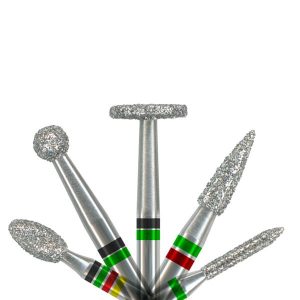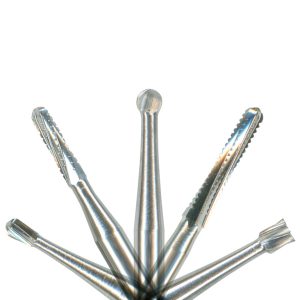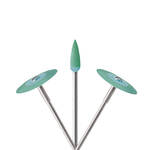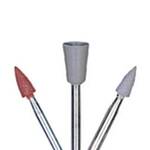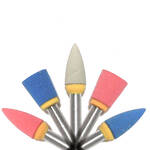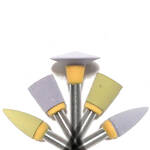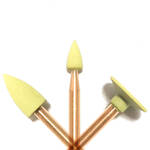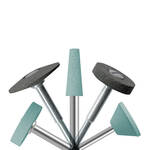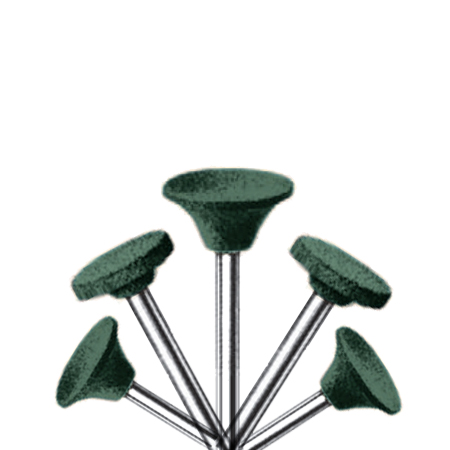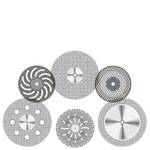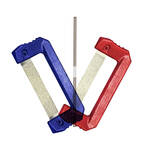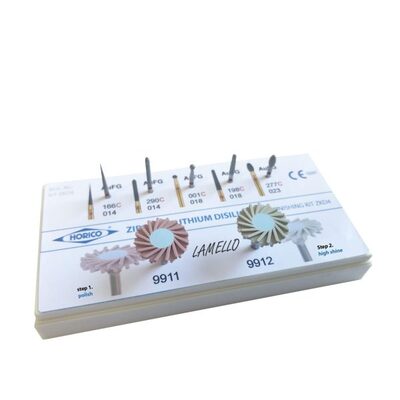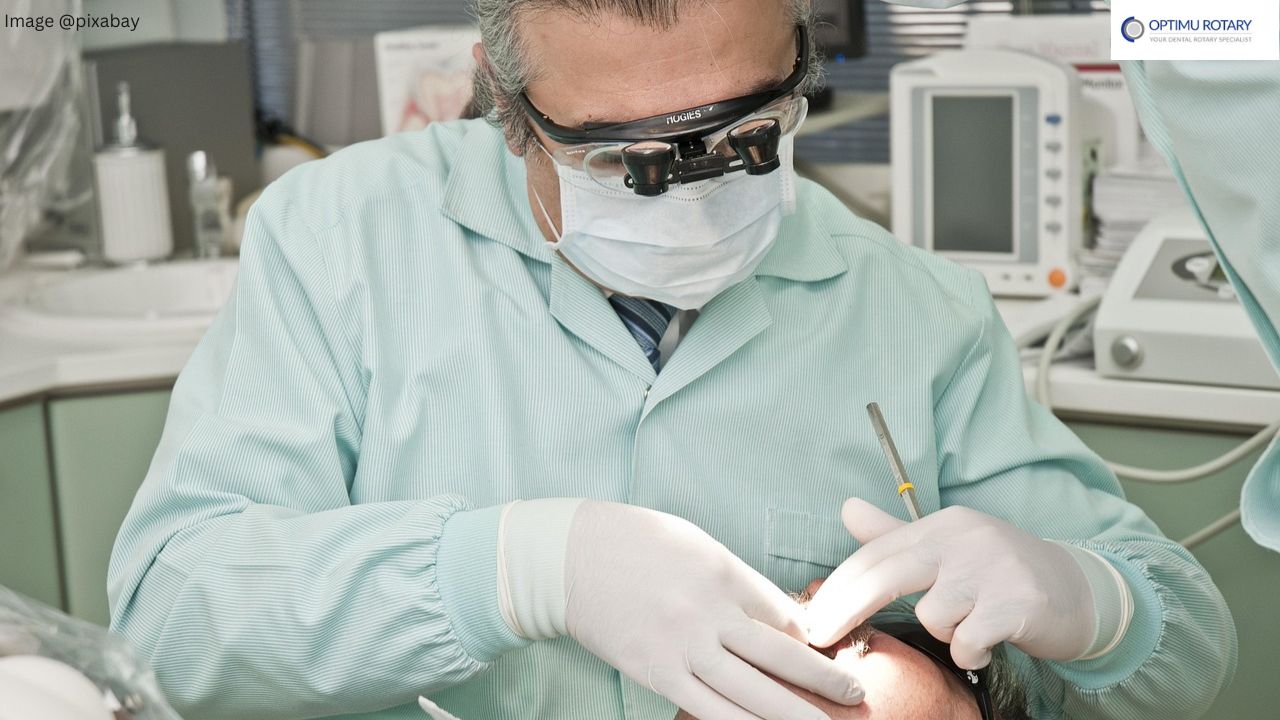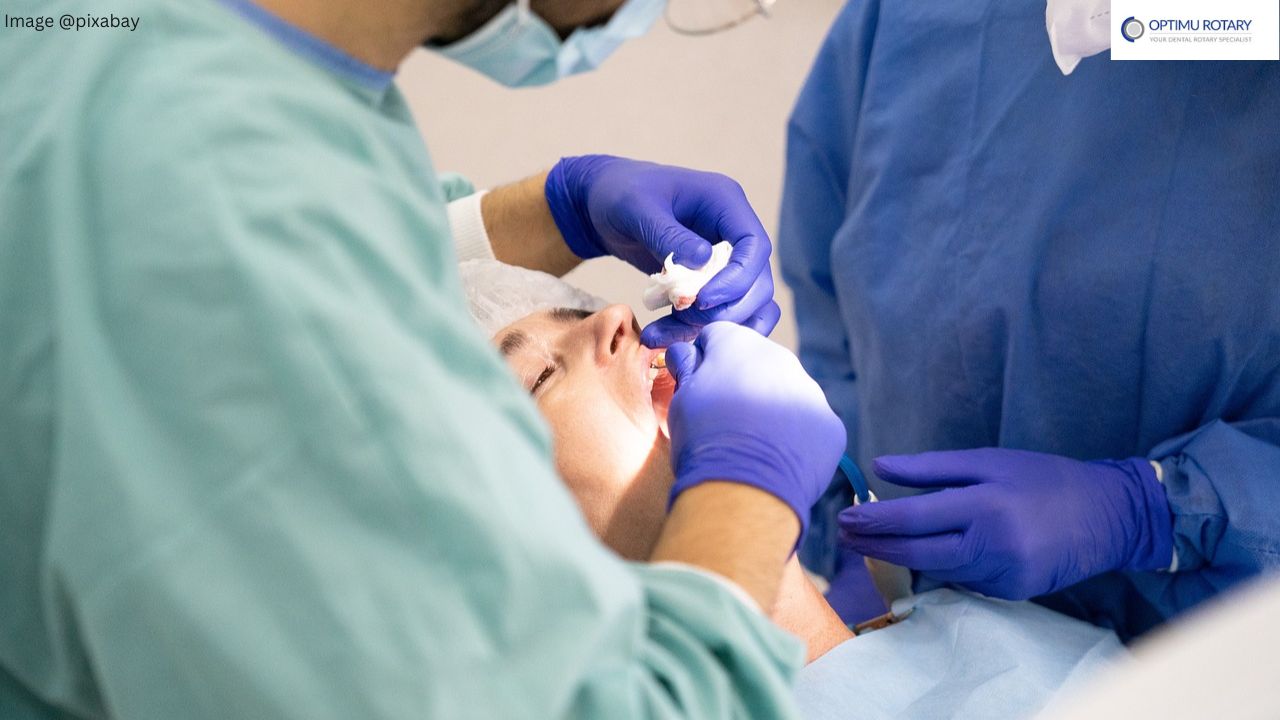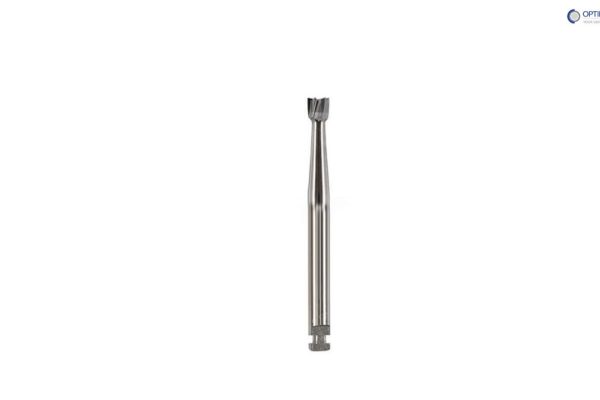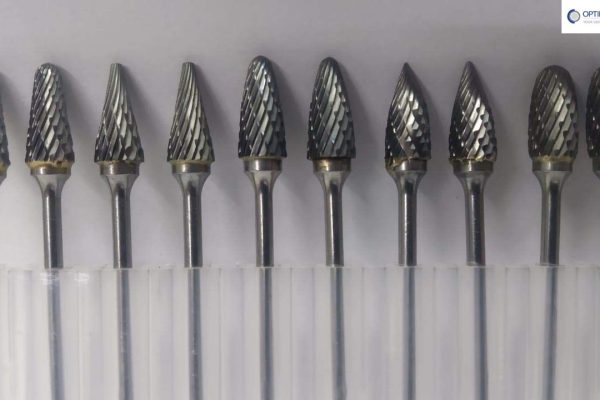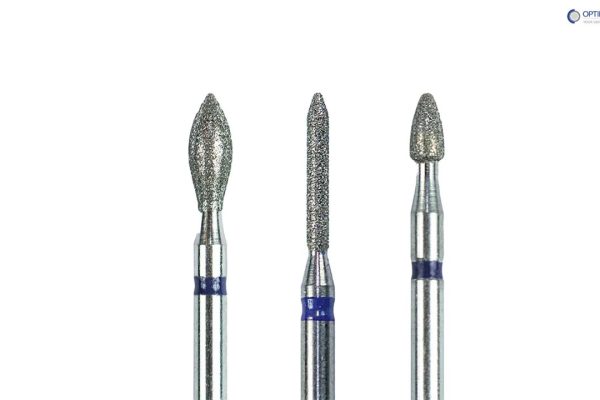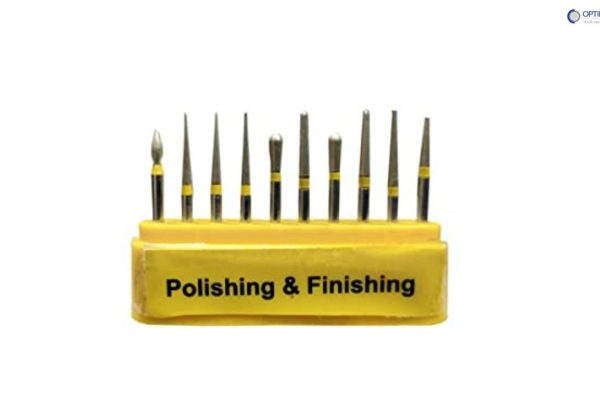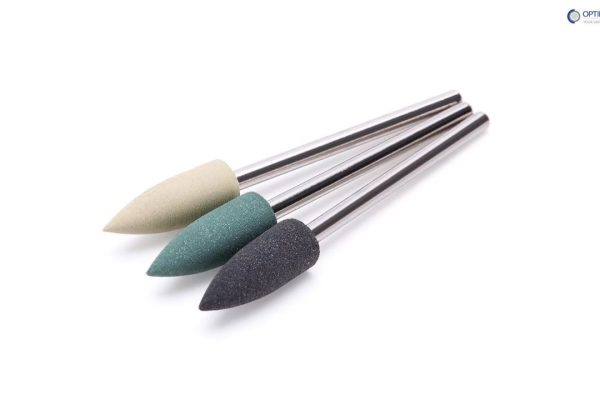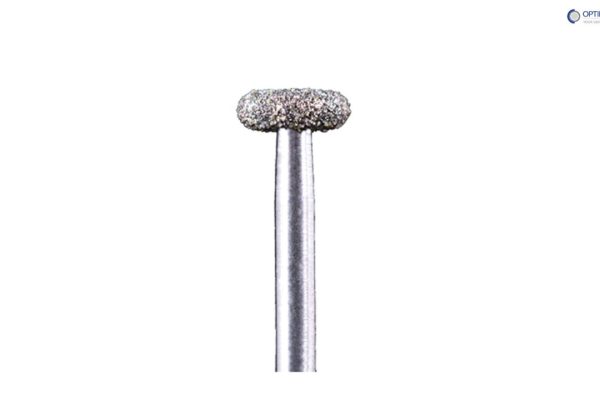The Important Application of Hemostasis in Dentistry
In any medical surgery, including dental surgery, unexpected or expected bleeding during procedures is common. However, stopping the bleeding is crucial.
Hemostasis is the method of stopping the bleeding, which is crucial during procedures. This not only prevents excessive blood loss, it also prevents possible complications due to uncontrolled bleeding, such as infections and indefinite healing time.
A hemostat is a major instrument in the medical and dental fields that’s used to perform hemostasis, that is, to control excessive bleeding.
Hemostasis in dentistry
The most common bleeding during dental procedures occurs due to injury caused to blood vessels, such as during tooth extractions, implant placements, and more. A hemostat is typically in the form of a clamp or forceps that stops bleeding during procedures.
Hemostatic agents perform the same purpose as hemostats. Hemostatic agents in dentistry serve the same purpose as hemostats in dentistry, they both stop the bleeding blood vessels.
The major difference between hemostats and hemostatic agents lies in their form. While hemostats are tools that are typically made up of stainless steel material, hemostatic agents are substances that are available in the form of powders, sprays, gels, or even sponges. Hemostatic agents in dentistry come in both absorbable (for e.g., gelfoam) and non-absorbable (for e.g., silver nitrate sticks) forms, whose usage depends on the procedure.
Application of hemostasis in dentistry
Dental surgeries, even those like the common tooth extractions, involve incisions that may lead to bleeding of blood vessels once the tooth is extracted. However, the whole procedure does not stop there, which is why hemostasis is applied to control the bleeding in order to provide the dentist a clean surface to work on. As this allows the dentist to wind up correctly, patients will have quicker healing.
Dental procedures like periodontal surgeries, including gingival flap surgeries, demand clear visibility in order to access underlying tissues. Hemostasis not only offers a clean surface but also prevents possible complications such as blood clots, as excessive bleeding is stopped at the right time.
There are many dental procedures that are significantly invasive. Such procedures may cause bleeding even post-surgery. Hemostasis ensures that there are no complications by stopping the bleeding post-surgery.
Hemostatic agents in dentistry can be both natural and chemical. While natural ones can be made up of natural materials like cellulose or collagen, chemical hemostatic agents can include materials like aluminum chloride and ferric sulfate.
Both hemostats and hemostatic agents are crucial in dentistry. While offering confidence and accuracy to dentists during and after dental procedures, they minimize the risk of infections and complications, keeping patients safe.
Optimu Rotary offers high-quality, genuine Horico® dental rotary instruments at exclusive prices. The trusted store helps you buy rotary instruments online, from the comfort of your home, and offers free shipping on online orders. Choose from a wide range of dental supplies and surgical instruments for use in various dental procedures.

